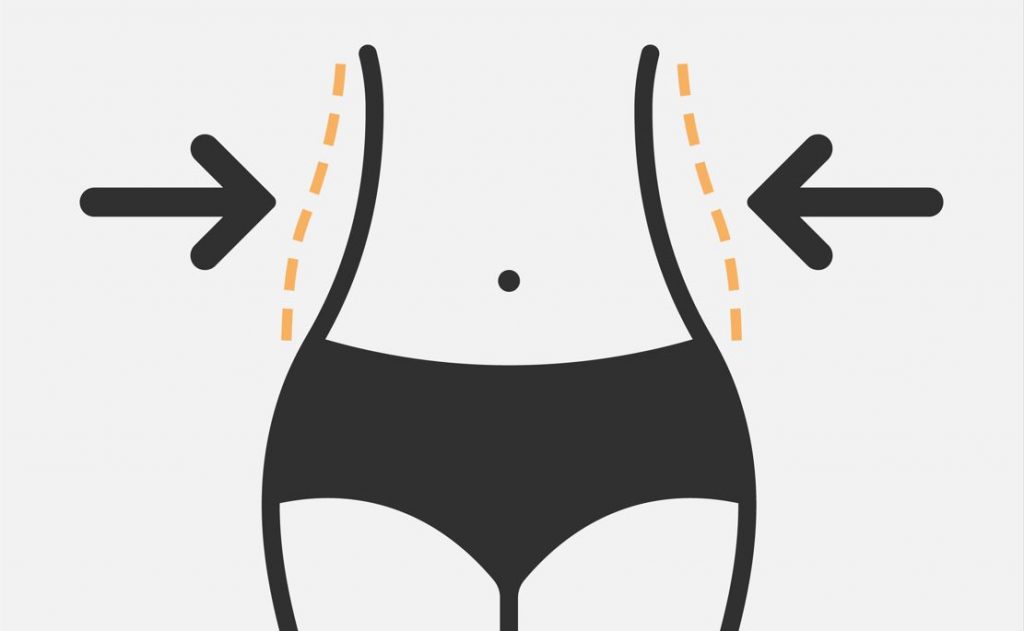
Belly buttons come in all shapes and sizes, and everyone has one, but they are mostly categorized by either being an ‘innie’ or an ‘outie.’ There are many myths surrounding why some people have a prominent belly button while others do not, but the reason is quite simple.
Innie belly buttons are significantly more common than outies; they are said to make up ninety percent of the navel population. However, why the remaining ten percent have outie belly buttons has been somewhat of a medical mystery for most.
Belly buttons are the result of the umbilical cord, which was used to transport nutrients from the mother to the baby during pregnancy, being severed soon after the delivery. After the cord is cut, there’s a tiny stump left that falls off after a few weeks and leaves the baby with a belly button.
Many people believe that the reason some people have outie belly buttons is due to the doctor cutting the umbilical cord a certain way or at a certain distance. However, there’s no evidence that this theory is true.
The real reason more prominent belly buttons form is generally just due to extra scar tissue. While for many people, the scar concaves create an innie, those with outie belly buttons just have scar tissue that has protruded slightly from the body.
The other reason outie belly buttons occur is because of an umbilical hernia, which is when stomach muscles do not properly fuse back together. Umbilical hernias are fairly common and not of much concern as they usually resolve themselves within a year.
Whether you have an innie or an outie belly button, there are no health differences. People who experience pain in the navel region could have a possible incarceration, which is when abdominal matter gets intertwined in the hernia and is a relatively simple fix. Most people’s concern with their belly button is primarily a superficial one, and NBC News reported that in 2005, over 2,000 people had cosmetic surgery on their navels, mostly to make outies innies.
Your belly button would always remind you of the place that once connected you to your mother through the umbilical cord. You were fed and nourished through it, and when you were born, the doctors cut the umbilical cord, and there was a small piece left, called the stump. Around two weeks later, the stump falls off, and then you are left with the belly button. So, in other words, your belly button is actually a scar. Depending on how your skin grows and heals, you are left with two types of belly buttons.
The first general distinction of belly buttons is usually an innie or an outie. A small dent in the stomach characterizes innie belly buttons, while outie belly buttons appear like a knot sticking out. The majority of people have innie belly buttons, and they dip inward. Ten percent of the population have protruding outie belly buttons.
A past theory says doctors are usually responsible for creating outie belly buttons in children. However, nobody can prove that cutting the umbilical cord in a certain way or length would result in an outie. Plastic surgeons claim that it all depends on the space between your muscle wall on the abdomen and your skin.
Knowing this, when it comes to the innie belly button vs. the outie belly button, a more attractive and desirable belly button would be the innie belly button. Many people turn to cosmetic surgery to have their outie belly button transformed into an innie belly button solely for a more attractive look and a confident body image.
In general, innie belly buttons form more often than outie belly buttons. But how your belly button would develop and whether you will end up with an innie belly button or an outie belly button will primarily depend on simple luck! However, as with many cases, there could be exceptions. For example, when babies are born with certain medical conditions that affect their belly buttons, the chances are higher for them to have an outie belly button.
Some medical conditions influence the formation of an outie belly button. One such condition is an umbilical hernia. When there is a case of umbilical hernia, the abdominal muscles surrounding the belly button don’t usually grow as expected. In turn, this effect produces a weakness in the stomach wall of the baby, and then it can provoke the intestines to emerge through the abdominal wall and press the belly button. Such conditions are not painful for the baby, but they may create complications in life, and doctors recommend surgery to correct them.
Another such condition causing an outie belly button is an umbilical granuloma. This condition occurs when additional tissue is created around the belly button stump. This tissue puts pressure on the belly button and then leads to making the belly button become an outie. It is also possible for adults to get umbilical granulomas as a result of belly button piercings.